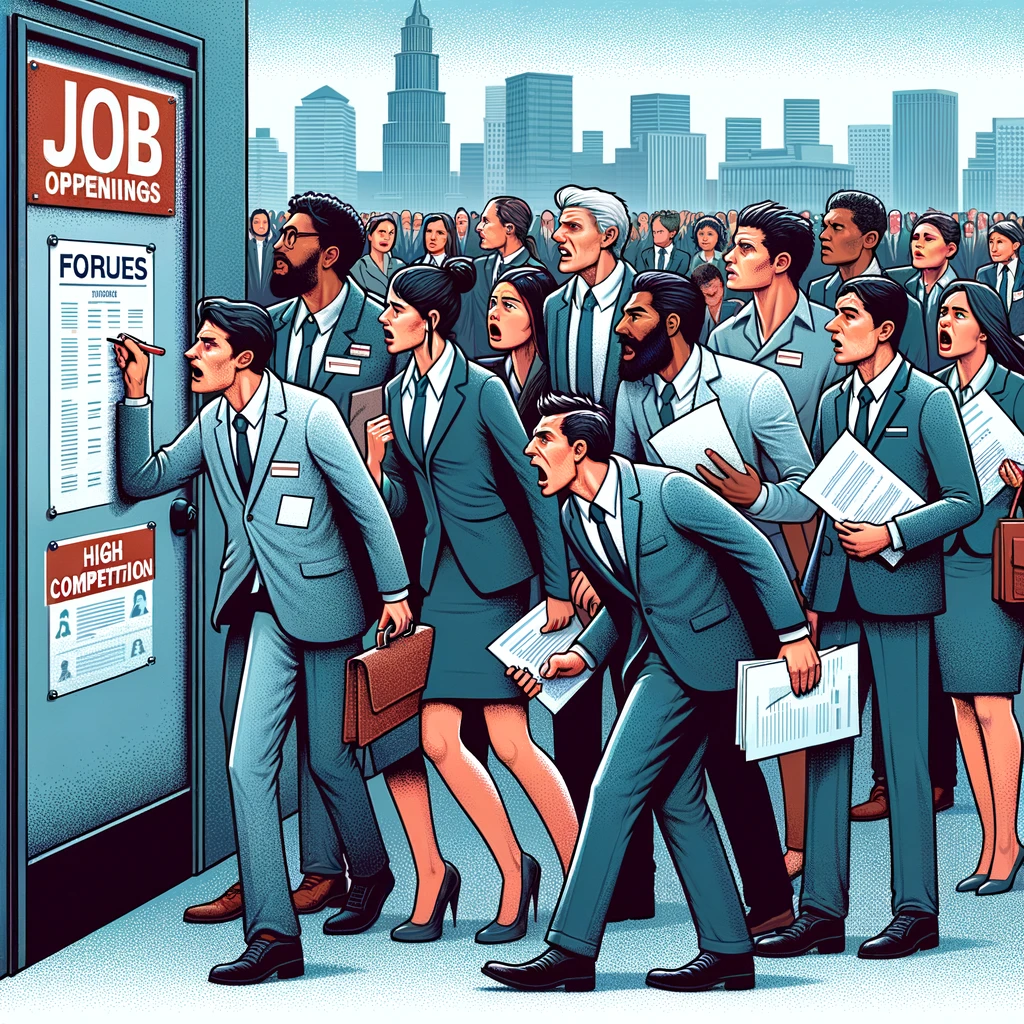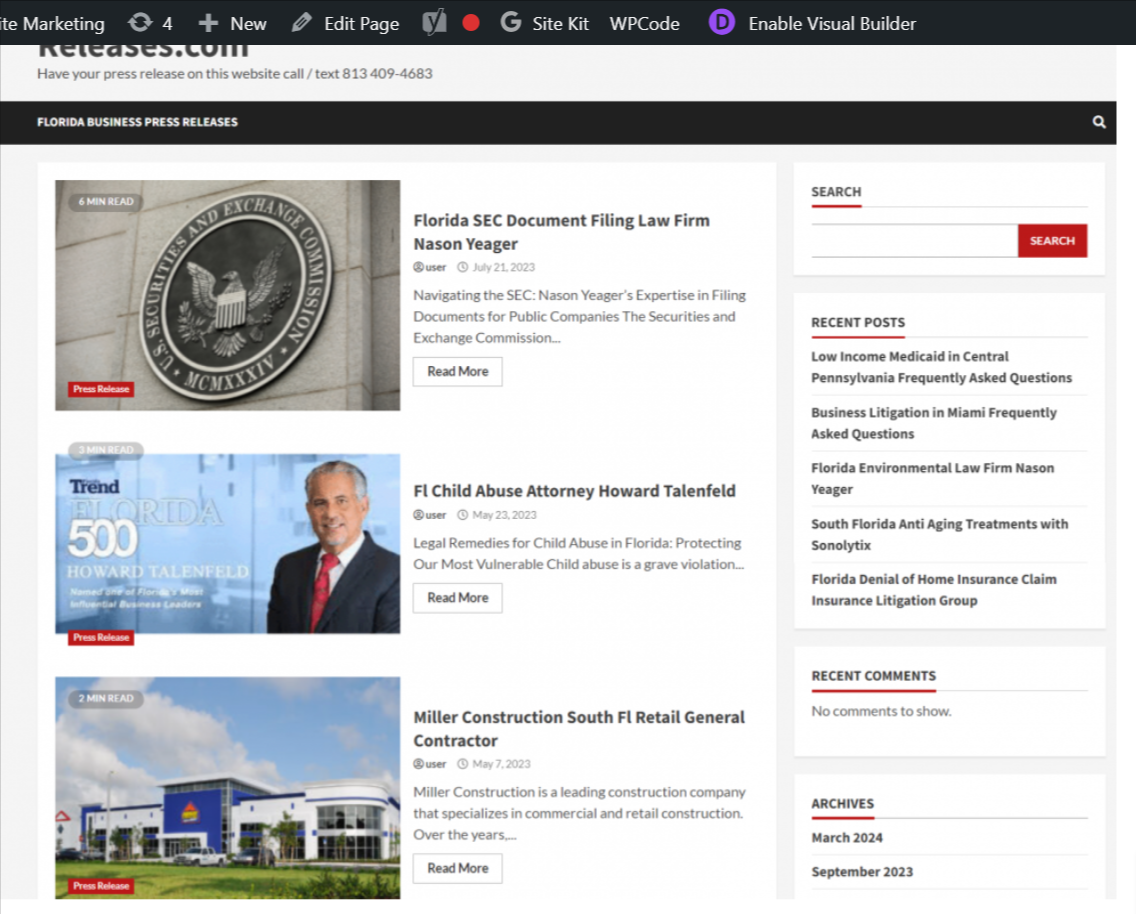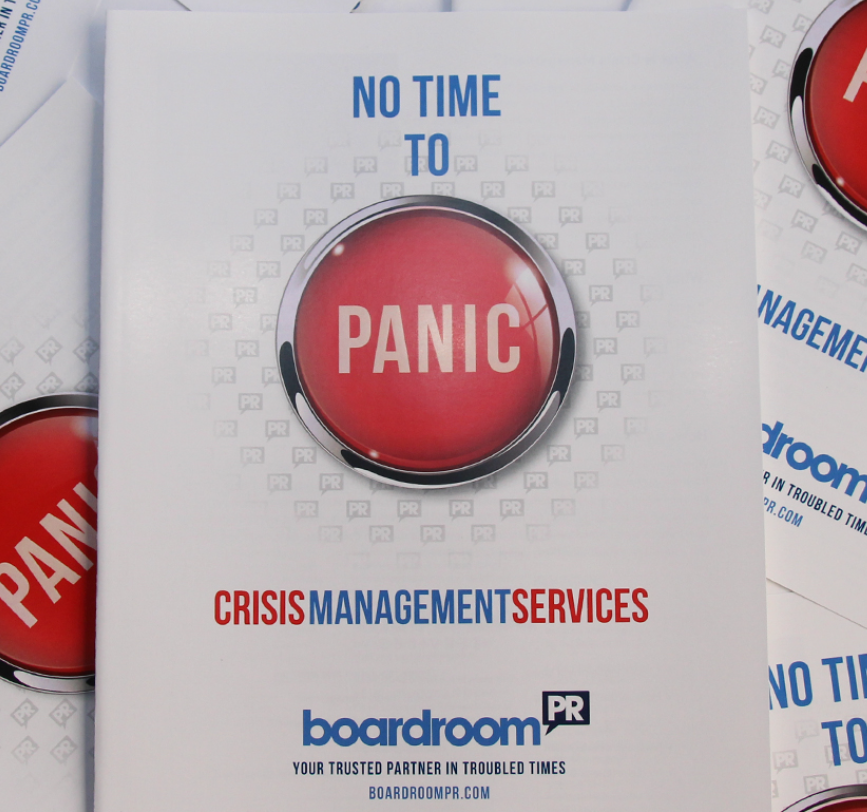Florida’s commercial real estate market has experienced significant growth in recent years, driven by a combination of strong economic fundamentals, favorable tax policies, and a growing population.
One key driver of the state’s commercial real estate boom is its robust job market. In recent years, Florida has consistently outpaced the national average when it comes to job creation, with strong growth in industries like healthcare, technology, and finance. This has helped to fuel demand for office space, retail space, and other types of commercial properties.
Another factor contributing to the growth of commercial real estate in Florida is its favorable tax policies. The state has no personal income tax, and its corporate tax rate is relatively low compared to other states. This has made it an attractive destination for businesses looking to relocate or expand, leading to increased demand for commercial real estate.
At the same time, Florida’s population continues to grow at a rapid pace, with an influx of retirees and young professionals driving demand for housing, retail, and other types of commercial real estate. This has created opportunities for developers and investors to build new properties and repurpose existing ones to meet the needs of these growing markets.
Some of the most active submarkets within Florida’s commercial real estate sector include South Florida, which includes the Miami and Fort Lauderdale metropolitan areas; the Tampa Bay area, which has seen significant growth in both office and industrial properties; and the Orlando market, which has benefited from a strong tourism industry and a growing population of young professionals.
Despite its many strengths, Florida’s commercial real estate market also faces challenges, such as rising land costs and construction expenses, as well as increased competition from other markets. However, with a strong economy, favorable tax policies, and a growing population, the state remains an attractive destination for businesses and investors looking to capitalize on the many opportunities available in Florida’s commercial real estate sector.
One key trend is the increasing demand for mixed-use developments, which combine residential, commercial, and retail spaces in a single development. These types of projects have become increasingly popular in Florida in recent years, as they offer a convenient and sustainable way of living that is well-suited to the state’s warm climate and active lifestyle.
Another trend driving growth in Florida’s commercial real estate market is the rise of co-working spaces and flexible office arrangements. With more people working remotely or starting their own businesses, there is increasing demand for shared office spaces and flexible lease arrangements that allow for more flexible working arrangements.
At the same time, there has been a growing interest in sustainable and energy-efficient building practices, as businesses and consumers become more concerned about their environmental impact. Many developers are incorporating green building practices into their designs, such as using recycled materials, incorporating energy-efficient technologies, and incorporating renewable energy sources like solar power.
Florida has 37 buildings that are 550 feet or higher. The majority are located in the City of Miami, and over 94% are in the Greater Miami area while the rest are in the Tampa and Jacksonville areas. Of the 37 tallest buildings in Florida, 24 are in the City of Miami, 8 in Sunny Isles Beach, 2 are in Miami Beach, 2 are in Tampa, and 1 is in Jacksonville. The Greater Miami area accounts for 34 of the 37 tallest buildings over 550 feet in Florida.
The majority of the skyscrapers in Miami are within the Greater Downtown Miami area, specifically the neighborhoods of the Central Business District (including the Downtown Miami Historic District), Arts & Entertainment District, Brickell, and Edgewater.
Despite the many opportunities in Florida’s commercial real estate market, there are also challenges that developers and investors must navigate. These include rising land costs, a shortage of skilled labor, and regulatory hurdles that can delay or complicate the development process.
Nevertheless, with a strong economy, a growing population, and a business-friendly environment, Florida’s commercial real estate market is poised for continued growth in the years ahead. Developers and investors who are able to navigate these challenges and capitalize on the many opportunities available in the state stand to benefit from the many advantages that Florida has to offer.



